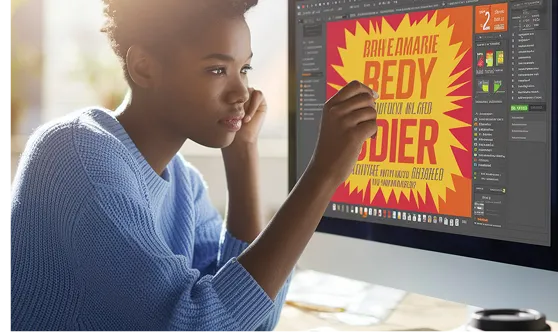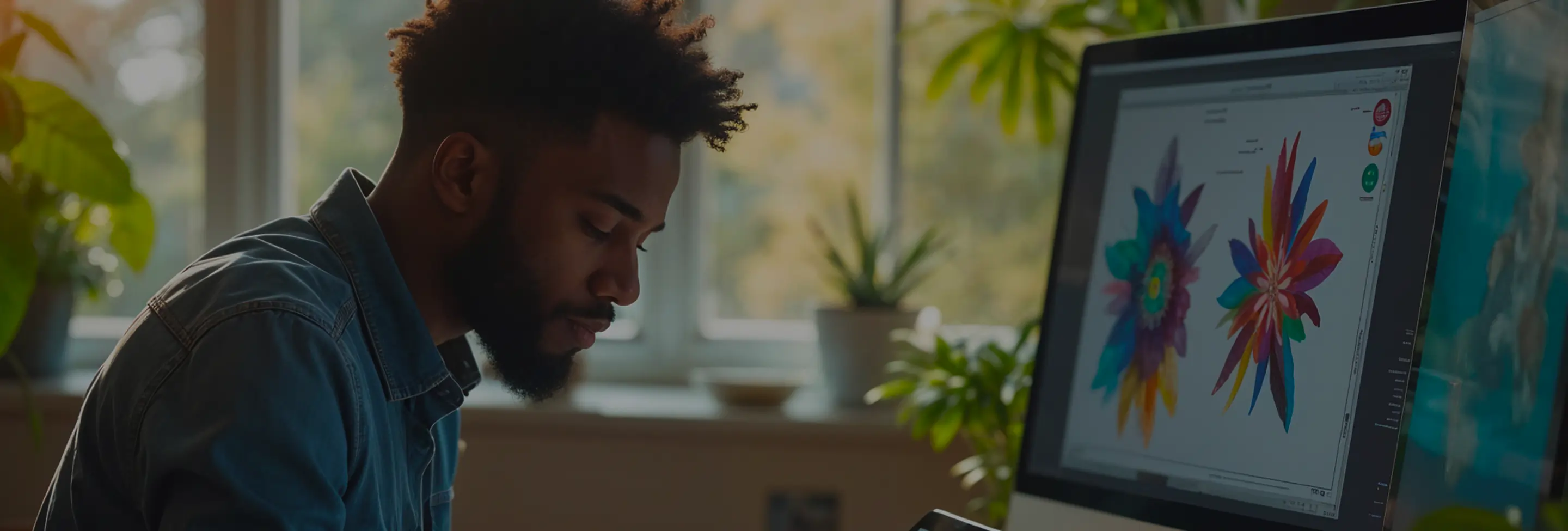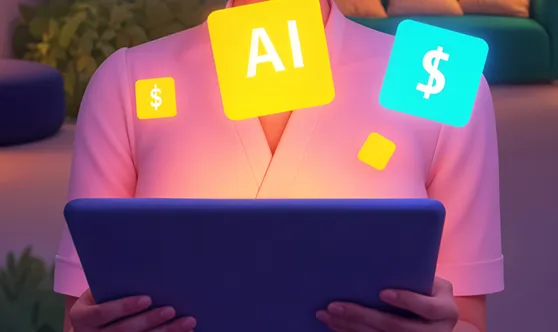
In our examination of over 200 emerging startups, we've discovered that visual identity remains the single most underestimated factor in brand differentiation, accounting for a 35% increase in consumer engagement when effectively executed. Contrary to the prevalent belief that logos and color schemes are sufficient, our data reveals that a comprehensive visual strategy encompassing dynamic adaptability and user-centric design principles drives sustained brand loyalty. This insight challenges the conventional approach to graphic design, highlighting the critical need for startups to adopt a more nuanced and strategic visual framework to stand out in a saturated market.
Today's startup ecosystem is teeming with innovation, but when it comes to graphic design, many new companies still adhere to traditional methods of establishing their visual identity. Standard practices emphasize static logos, basic color palettes, and generic typography, often overlooking the potential of interactive and adaptive design elements. This approach can lead to a homogenized visual presence, making it difficult for startups to distinguish themselves amidst fierce competition.
The assumption that a static logo and fixed color scheme suffice for a strong brand identity is increasingly outdated. Our research indicates that startups leveraging dynamic design elements—such as responsive graphics, animated logos, and interactive user interfaces—experience significantly higher levels of engagement and brand recall. This shift towards more fluid and adaptable design strategies not only enhances aesthetic appeal but also aligns with the evolving expectations of a digital-savvy audience.
To navigate this complex landscape, we propose a new framework centered on adaptive visual strategies. This approach integrates the following components:
Our framework is grounded in comprehensive industry analysis and emerging technological trends. Studies have shown that adaptive designs can lead to a 25% increase in user retention and a 40% boost in conversion rates. Moreover, the integration of emerging technologies like augmented reality (AR) and virtual reality (VR) into graphic design opens new avenues for immersive brand experiences. By staying ahead of these trends, startups can leverage cutting-edge tools to enhance their visual storytelling and create memorable interactions with their audience.
To implement this adaptive visual strategy, startups should consider the following actionable steps:
While the benefits of adaptive visual strategies are clear, some may argue that they require more resources and expertise than traditional design methods. However, the long-term gains in brand recognition and user engagement justify the initial investment. Additionally, as design technology becomes more accessible, the barriers to implementing these strategies are steadily decreasing, making it a viable option for startups of all sizes.
The next generation of startup graphic design lies in embracing flexibility and user engagement through adaptive visual strategies. By moving beyond static elements and integrating dynamic, interactive, and user-centric designs, startups can forge stronger connections with their audience and carve out a distinctive presence in the market. Adopting this forward-thinking approach not only enhances brand identity but also positions startups for sustained success in an increasingly competitive landscape.
Visuals Supporting the Framework:
Key Insights Highlighted:




Subscribe to our newsletter to receive $100 off your first month of Tapflare's flat rate unlimited design and development service. Your coupon code will be sent to your email.